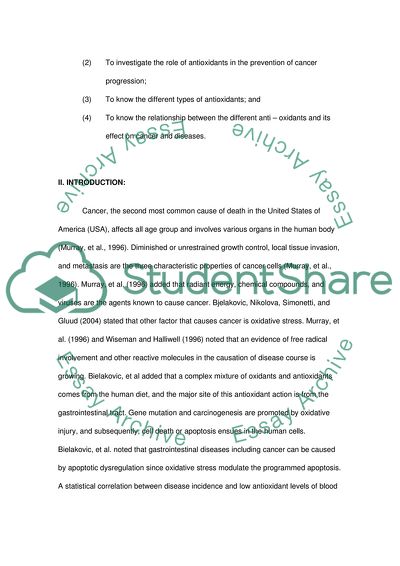Cite this document
(An Inverse Relationship Between Cardiovascular Disease and Vitamin C Research Paper, n.d.)
An Inverse Relationship Between Cardiovascular Disease and Vitamin C Research Paper. Retrieved from https://studentshare.org/health-sciences-medicine/1737070-the-role-of-antioxidants-preventing-the-progression-of-cancer-disease
An Inverse Relationship Between Cardiovascular Disease and Vitamin C Research Paper. Retrieved from https://studentshare.org/health-sciences-medicine/1737070-the-role-of-antioxidants-preventing-the-progression-of-cancer-disease
(An Inverse Relationship Between Cardiovascular Disease and Vitamin C Research Paper)
An Inverse Relationship Between Cardiovascular Disease and Vitamin C Research Paper. https://studentshare.org/health-sciences-medicine/1737070-the-role-of-antioxidants-preventing-the-progression-of-cancer-disease.
An Inverse Relationship Between Cardiovascular Disease and Vitamin C Research Paper. https://studentshare.org/health-sciences-medicine/1737070-the-role-of-antioxidants-preventing-the-progression-of-cancer-disease.
“An Inverse Relationship Between Cardiovascular Disease and Vitamin C Research Paper”, n.d. https://studentshare.org/health-sciences-medicine/1737070-the-role-of-antioxidants-preventing-the-progression-of-cancer-disease.


